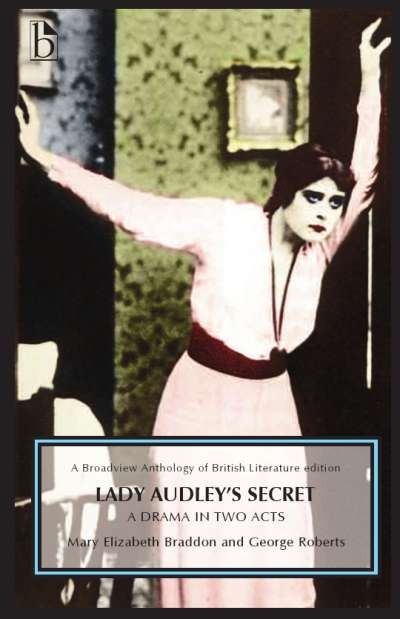The second of Shaw’s “unpleasant” plays, written in 1893, published in 1898, but not performed until 1905, The Philanderer is subtitled “A Topical Comedy.” The eclectic range of topical subjects addressed in the play includes the influence of Norwegian playwright Henrik Ibsen on British middle-class social mores (the second act of The Philanderer is set in the fictional Ibsen Club), medical follies, the rise of the “New Woman,” and, in particular, the destructive impact of Victorian marriage and divorce laws. Just as Shaw’s other “unpleasant” plays, Widowers’ Houses and Mrs Warren’s Profession, call, respectively, for reform of laws that allow corrupt property owners to exploit the poor and for radical change to economic structures that drive women into prostitution, so The Philanderer makes the case for more liberal legislation to allow easier divorce—particularly for women—when marriages become irretrievably broken.
Shaw’s attack on divorce laws becomes even clearer and stronger in the final act that he wrote for the play but discarded in favour of the version he published. The discarded version is published for the first time in this Broadview edition of the play.
Comments
“This is the indispensable version of one of Shaw’s most misunderstood plays. L.W. Conolly’s edition of The Philanderer finally makes Shaw’s original final act widely available for scholars and performers. Conolly provides the perfect biographical, historical, and philosophical source documents to decide whether or not Shaw was right to suppress his first ending—an important dramatic treatise on divorce laws and gender equality that is the foundation of later plays. Conolly is a sure-footed, amiable guide, illuminating the play’s production and reception history while providing the reader with all the tools she needs to understand why this ‘restored’ text is not simply a neglected curiosity, but instead a major event in the history of modern drama.” — Lawrence Switzky, University of Toronto
“L.W. Conolly’s excellent scholarship expertly guides both students and scholars through the tangled and fascinating history of Shaw’s controversial first draft of The Philanderer. Expressly prohibited by Shaw’s own will, the original third act was supposed to have been burned on the advice of a friend. Thankfully Shaw didn’t follow that advice, and Conolly offers a richly detailed, terrifically readable, and insightfully persuasive justification for going against Shaw’s will.” — Michael M. O’Hara, Ball State University
Not until L.W. Conolly’s excellent edition of The Philanderer were we able to read Shaw’s original last act in printed pages. It has been worth waiting for…Conolly’s first-rate introduction includes an account of Shaw’s efforts to secure a production of The Philanderer and its production history. More importantly, it treats Shaw’s changes to the final act…Conolly’s explanatory footnotes are invaluable for teachers, directors, and actors as well as students.— Bernard F. Dukore, English Literature in Transition 1880—1920













